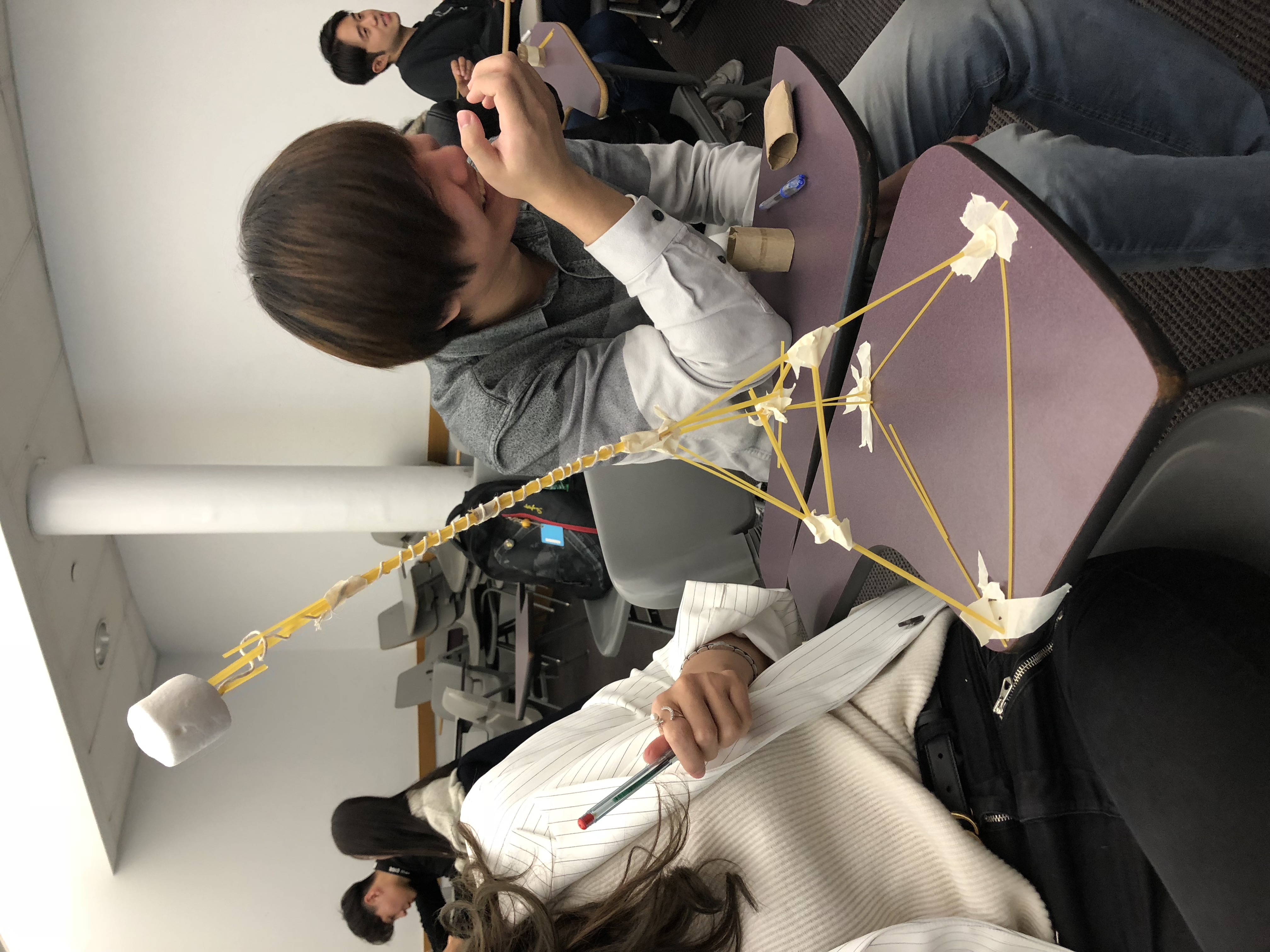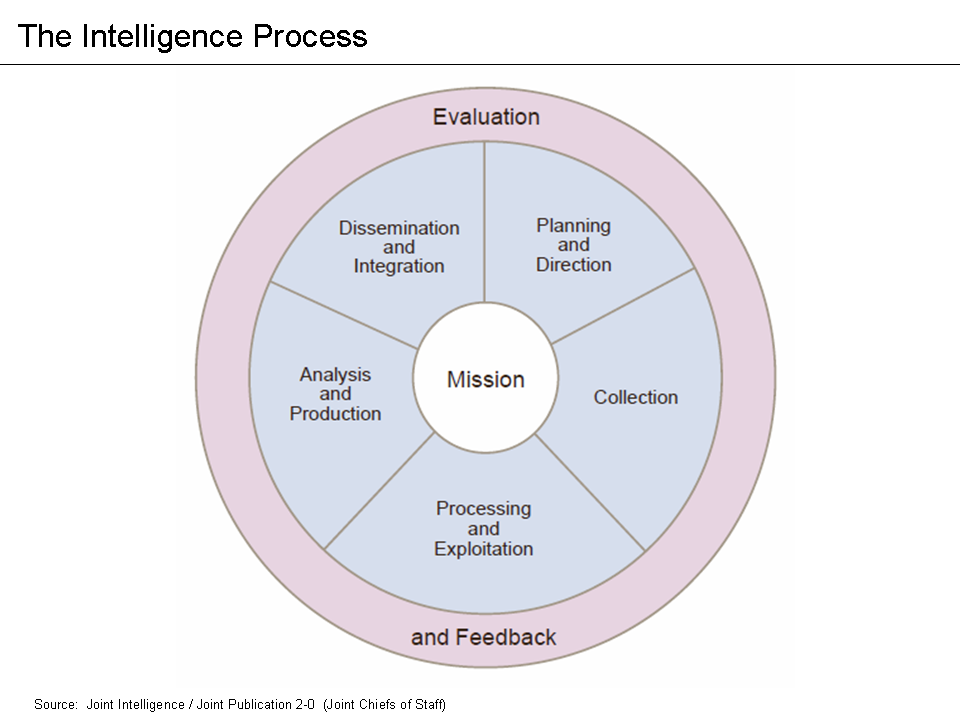|
Plan-Do-Check-Act
PDCA (plan–do–check–act or plan–do–check–adjust) is an iterative design and management method used in business for the control and continual improvement of processes and products. It is also known as the Shewhart cycle, or the control circle/cycle. Another version of this PDCA cycle is OPDCA. The added "O" stands for ''observation'' or as some versions say: "Observe the current condition." This emphasis on observation and current condition has currency with the literature on lean manufacturing and the Toyota Production System. The PDCA cycle, with Ishikawa's changes, can be traced back to S. Mizuno of the Tokyo Institute of Technology in 1959. PDCA is often confused with PDSA (Plan-Do-Study-Act). Dr. W. Edwards Deming emphasized the PDSA Cycle, not the PDCA Cycle, with a third step emphasis on Study (S), not Check (C). Dr. Deming found that the focus on Check is more about the implementation of a change, with success or failure. His focus was on predicting the result ... [...More Info...] [...Related Items...] OR: [Wikipedia] [Google] [Baidu] |
Lesson Study
Lesson study (or ''jugyō kenkyū'') is a teaching improvement process that has origins in Japanese elementary education, where it is a widespread professional development practice. Working in a small group, teachers collaborate with one another, meeting to discuss learning goals, planning an actual classroom lesson (called a "research lesson"), observing how their ideas work in a live lessons with students, and then reporting on the results so that other teachers can benefit from it. Different levels of lesson study In Japan, lesson study is conducted at the school, district, and national levels. Features common to all three levels are: * preparation of a detailed lesson plan, providing background research information, lesson goals, connections to state or local learning standards, reasoning behind the design of the lesson, and steps of the lesson along with anticipated student responses; * observation of a live lesson conducted with students (the ''research lesson''); and * ... [...More Info...] [...Related Items...] OR: [Wikipedia] [Google] [Baidu] |
Iterative Design
Iterative design is a design methodology based on a cyclic process of prototyping, testing, analyzing, and refining a product or process. Based on the results of testing the most recent iteration of a design, changes and refinements are made. This process is intended to ultimately improve the quality and functionality of a design. In iterative design, interaction with the designed system is used as a form of research for informing and evolving a project, as successive versions, or iterations of a design are implemented. History Iterative design has long been used in engineering fields. One example is the plan–do–check–act cycle implemented in the 1960s. Most New product development or existing product improvement programs have a checking loop which is used for iterative purposes. DMAIC uses the Six Sigma framework and has such a checking function. Object-Oriented Programming Iterative design is connected with the practice of object-oriented programming, and the ph ... [...More Info...] [...Related Items...] OR: [Wikipedia] [Google] [Baidu] |
Quality Storyboard
A quality storyboard is a method for illustrating the quality control process (QC story). Some enterprises have developed a storyboard format for telling the QC story, for example, at Yokogawa-Hewlett-Packard in Japan, the story is told using a flip chart which is 6 feet by 6 feet (2 x 2 meters). The project team uses colored markers to show the PDSA cycle ( Shewhart cycle) plus the SDSA cycle (SDSA = Standardize, Do, Study, Act). A QC story is an element of policy deployment. After each manager writes an interpretation of the policy statement, the interpretation is discussed with the next manager above to reconcile differences in understanding and direction. In this way, they play "catchball" with the policy and develop a consensus. Worker participation in managerial diagnosis When the management attempts to make a managerial diagnosis, it is important that the people whose work is being diagnosed be properly prepared to enter the discussion. For this purpose, it is very helpfu ... [...More Info...] [...Related Items...] OR: [Wikipedia] [Google] [Baidu] |
Performance Management
Performance management (PM) is the process of ensuring that a set of activities and outputs meets an organization's goals in an effective and efficient manner. Performance management can focus on the performance of a whole organization, a department, an employee, or the processes in place to manage particular tasks. Performance management standards are generally organized and disseminated by senior leadership at an organization and by task owners, and may include specifying tasks and outcomes of a job, providing timely feedback and coaching, comparing employees' actual performance and behaviors with desired performance and behaviors, instituting rewards, etc. It is necessary to outline the role of each individual in the organization in terms of functions and responsibilities to ensure that performance management is successful. Application Performance management principles are used most often in the workplace and can be applied wherever people interact with their environments ... [...More Info...] [...Related Items...] OR: [Wikipedia] [Google] [Baidu] |
OODA Loop
The OODA loop is the cycle ''observe–orient–decide–act'', developed by military strategist and United States Air Force Colonel John Boyd. Boyd applied the concept to the combat operations process, often at the operational level during military campaigns. It is now also often applied to understand commercial operations and learning processes. The approach explains how agility can overcome raw power in dealing with human opponents. It is especially applicable to cyber security and cyberwarfare. The OODA loop has become an important concept in litigation, business, law enforcement, management education, and military strategy. According to Boyd, decision-making occurs in a recurring cycle of observe–orient–decide–act. An entity (whether an individual or an organization) that can process this cycle quickly, observing and reacting to unfolding events more rapidly than an opponent, can thereby "get inside" the opponent's decision cycle and gain the advantage. See also ... [...More Info...] [...Related Items...] OR: [Wikipedia] [Google] [Baidu] |
Learning Cycle
A learning cycle is a concept of how people learn from experience. A learning cycle will have a number of stages or phases, the last of which can be followed by the first. John Dewey In 1933, John Dewey described five phases or aspects of reflective thought: Kurt Lewin In the 1940s, Kurt Lewin developed action research and described a cycle of: # Planning # Action # Fact finding, about the result of the action Lewin particularly highlighted the need for fact finding, which he felt was missing from much of management and social work. He contrasted this to the military where Kolb and Fry In the early 1970s, David A. Kolb and Ronald E. Fry developed the experiential learning model (ELM), composed of four elements: #Concrete experience #Observation of and reflection on that experience #Formation of abstract concepts based upon the reflection #Testing the new concepts Testing the new concepts gives concrete experience which can be observed and reflected upon, allowing the cycle to ... [...More Info...] [...Related Items...] OR: [Wikipedia] [Google] [Baidu] |
Lean Manufacturing
Lean manufacturing is a production method aimed primarily at reducing times within the production system as well as response times from suppliers and to customers. It is closely related to another concept called just-in-time manufacturing (JIT manufacturing in short). Just-in-time manufacturing tries to match production to demand by only supplying goods which have been ordered and focuses on efficiency, productivity (with a commitment to continuous improvement) and reduction of "wastes" for the producer and supplier of goods. Lean manufacturing adopts the just-in-time approach and additionally focuses on reducing cycle, flow and throughput times by further eliminating activities which do not add any value for the customer. Lean manufacturing also involves people who work outside of the manufacturing process, such as in marketing and customer service. Lean manufacturing is particularly related to the operational model implemented in the post-war 1950s and 1960s by the Japa ... [...More Info...] [...Related Items...] OR: [Wikipedia] [Google] [Baidu] |
Kolb's Experiential Learning
David A. Kolb published his experiential Learning theory (education), learning theory (ELT) in 1984, inspired by the work of the gestalt psychologist Kurt Lewin. The approach works on two levels: a four-stage learning cycle and four distinct learning styles. Kolb's experiential learning theory has a holistic perspective which includes experience, perception, cognition and behaviour. It is a method where a person's skills and job requirements can be assessed in the same language that its commensurability can be measured. The experiential learning cycle The learning cycle has four stages: concrete learning, reflective observation, abstract conceptualization and active experimentation. Effective learning can be seen when the learner progresses through the cycle. The learner can enter the cycle at any stage.McLeod, S. A. (2013). Kolb - Learning Styles. Retrieved from www.simplypsychology.org/learning-kolb.html The first stage is concrete learning, where the learner encounters a new ... [...More Info...] [...Related Items...] OR: [Wikipedia] [Google] [Baidu] |
Intelligence Cycle
The Intelligence cycle describes how intelligence is ideally processed in civilian and military intelligence agencies, and law enforcement organizations. It is a closed path consisting of repeating nodes, which (if followed) will result in finished intelligence. The stages of the intelligence cycle include the issuance of requirements by decision makers, collection, processing, analysis, and publication (i.e., dissemination) of intelligence. The circuit is completed when decision makers provide feedback and revised requirements. The intelligence cycle is also called the Intelligence Process by the U.S. Department of Defense (DoD) and the uniformed services. Conceptual model Direction Intelligence requirements are determined by a decision maker to meet his/her objectives. In the federal government of the United States, requirements (or priorities) can be issued from the White House or the Congress. In NATO, a commander uses requirements (sometimes called Essential elements of i ... [...More Info...] [...Related Items...] OR: [Wikipedia] [Google] [Baidu] |
DMAIC
DMAIC (an acronym for Define, Measure, Analyze, Improve and Control) (pronounced də-MAY-ick) refers to a data-driven improvement cycle used for improving, optimizing and stabilizing business processes and designs. The DMAIC improvement cycle is the core tool used to drive Six Sigma projects. However, DMAIC is not exclusive to Six Sigma and can be used as the framework for other improvement applications. Steps DMAIC is an abbreviation of the five improvement steps it comprises: Define, Measure, Analyze, Improve and Control. All of the DMAIC process steps are required and always proceed in the given order. Define The purpose of this step is to clearly pronounce the business problem, goal, potential resources, project scope and high-level project timeline. This information is typically captured within the project charter document. Write down what is currently known. Seek to clarify facts, set objectives and form the project team. Define the following: * A problem * The custom ... [...More Info...] [...Related Items...] OR: [Wikipedia] [Google] [Baidu] |
Decision Cycle
A decision cycle is a sequence of steps used by an entity on a repeated basis to reach and implement decisions and to learn from the results. The "decision cycle" phrase has a history of use to broadly categorize various methods of making decisions, going upstream to the need, downstream to the outcomes, and cycling around to connect the outcomes to the needs. Overview A decision cycle is said to occur when an explicitly specified decision model is used to guide a decision and then the outcomes of that decision are assessed against the need for the decision. This cycle includes specification of desired results (the decision need), tracking of outcomes, and assessment of outcomes against the desired results. Examples of decision cycles * In quality control, PDCA (Plan–Do–Check–Act) is used. * In science, the scientific method (Observation–Hypothesis–Experiment–Evaluation) can also be seen as a decision cycle. * In the United States Armed Forces, a theory of an OODA l ... [...More Info...] [...Related Items...] OR: [Wikipedia] [Google] [Baidu] |




